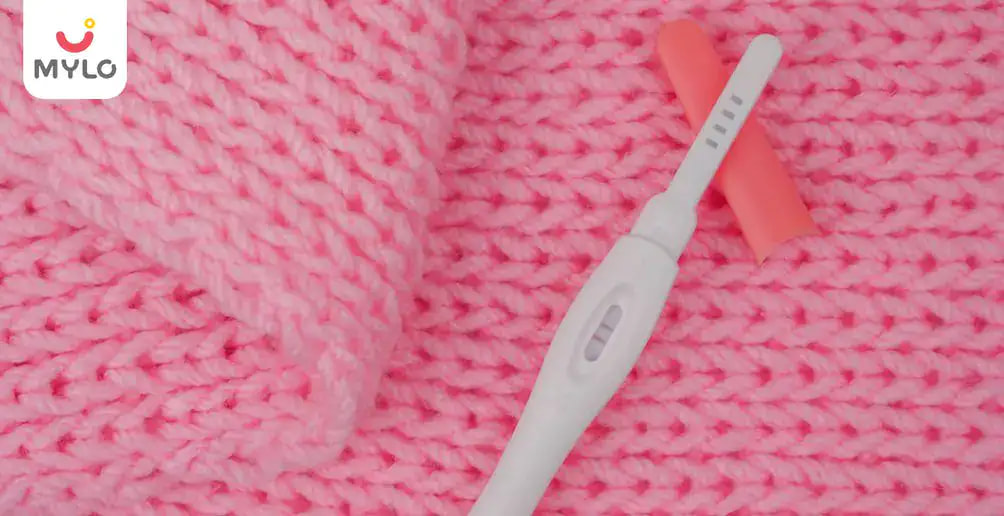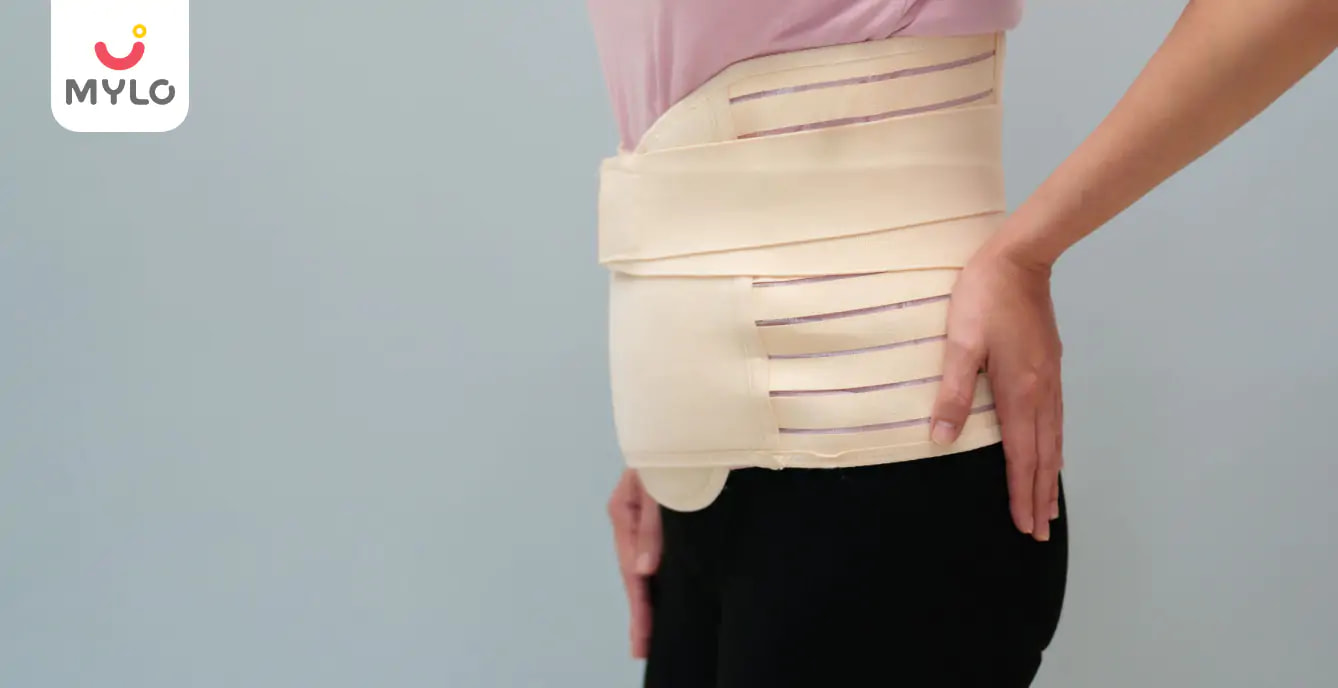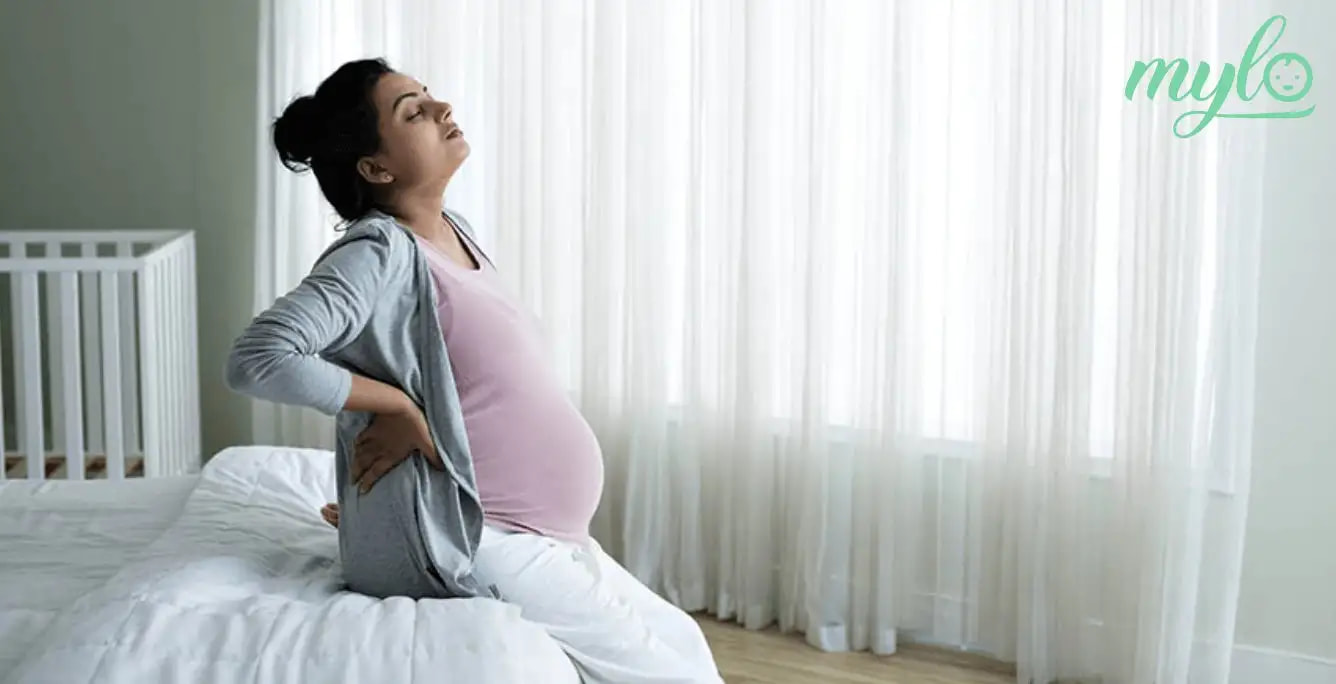Home

Exercise & Fitness

A Complete Guide on Kegel Exercises for Pregnant Women
In this Article

Exercise & Fitness
A Complete Guide on Kegel Exercises for Pregnant Women
Updated on 22 February 2023



Medically Reviewed by
Dr. Ritu S Santwani
Infertility treatment, Cosmetology, Recurrent abortion treatment, Menopause, Hysteroscopy & colposcopy, PCOS/PCOD, Sexual health - M.D (Obst & Gynaec)| FICOG, FIAOG, AMRCOG, ART-Singapore
View Profile

Popularly known as pelvic floor exercises, Kegel exercises for women during pregnancy have special importance. They not only assist in childbirth but also help with postpartum incontinence, reproductive organs and bladder and bowel function. In this article, we will discuss everything about Kegel exercise for pregnant women- its importance, benefits, side effects and how to perform them.
What are Kegel exercises?
Kegel exercises are exercises that target the pelvic floor muscles and help strengthen them. When done correctly, Kegel exercises during pregnancy can help minimize stretching, strengthen the muscles in your pelvis and vagina and help avoid symptoms like stress and urge incontinence. Your doctor may even suggest you a regime of Kegel exercises during pregnancy as these exercises can help you during labour and even during the postpartum period.
Importance of Kegel exercises during pregnancy
When a woman is pregnant, her pelvic floor muscles endure immense pressure and strain. And let’s not forget the severe changes that take place in a woman’s body alignment, abdomen and cervix during this period. Additionally, the inability to control urination, constipation and the weakening of pelvic floor muscles during labour may also weaken the pelvic floor muscles.
Performing Kegel exercises during pregnancy can help reduce the discomfort caused to pelvic floor muscles and even help reverse some of the painful symptoms of pregnancy. Kegel exercise for pregnant women can be especially beneficial in preparing them for the labour that lies ahead (childbirth) and strengthening their body for what’s to come during postpartum.
Who should do Kegel exercises during pregnancy?
Any pregnant woman can do Kegel exercises during pregnancy as they are absolutely safe and extremely beneficial. However, if you are experiencing abdominal, pelvic, hip or back pain during pregnancy, you should avoid doing Kegel exercises as they might further your pain. It’s best to consult your doctor in one of the prenatal visits whether it’s safe for you to do Kegel exercises during pregnancy or not.
How to perform Kegel exercises during pregnancy?
Kegel exercise for pregnant women can be extremely beneficial when done correctly. The first step in performing Kegel exercises is to identify which muscles to target. Once you have identified your pelvic floor muscles, you can perform Kegel exercises without anyone even knowing.
Here’s how you can identify your pelvic floor muscles:
-
Go to the washroom and while urinating, stop the flow midstream for about 3 seconds.
-
Relax and allow the flow of urine to continue
-
Repeat. The muscles helping you tighten or squeeze are your pelvic floor muscles and those are the ones you need to engage while performing Kegel exercises during pregnancy.
You should be mindful of the following things before performing Kegel exercises during pregnancy:
-
Make sure to start performing Kegel exercises on an empty bladder
-
Make sure that you’re targeting the right muscles
-
Squeeze your muscles for a count of 5 seconds and then relax for 5 seconds
-
Try to aim for a minimum of 10 repetitions and a maximum of 15 each time
-
Perform Kegel exercises at least 3 times a day
-
You can perform the Kegel exercises while kneeling on the floor on all your fours, lying down on your back, sitting in a comfortable chair or standing in an empty area.
Benefits of Kegel exercises during pregnancy
The benefits of Kegel exercise for pregnant women include the following:
-
Stronger pelvic floor muscles
-
Improved control of the urinary bladder
-
Better chances of avoiding rectal incontinence
-
Tighter vagina, which may lead to more pleasurable sex
-
Assistance in labour and childbirth
You may also like: Confused what to eat during your pregnancy: Check out diet chart for 10 week pregnancy
Side effects of Kegel exercises during pregnancy
Although there are numerous benefits of Kegel exercises for pregnant women, they may also have certain side effects when not performed correctly. If you constantly contract your pelvic floor muscles, you can experience some adverse symptoms like pelvic or abdominal pain. As a result, it’s important to contract but also release the pelvic floor muscles and not perform them constantly.
When should you perform Kegel exercises during pregnancy?
The earlier you start performing Kegel exercises during pregnancy, the better it is for you. You can begin Kegel exercises as soon as you have conceived and your doctor has approved it. If you’re experiencing any back pain or abdominal pain during pregnancy, then you might want to refrain from Kegel exercises until your doctor allows them.
You can also start performing Kegel exercises after your pregnancy as they can also help you in the postpartum period. Your pelvic area may feel numb during the initial days after pregnancy, however, the sensation will return soon enough. You can make Kegel exercises a lifelong habit.
When should you do Kegel exercises?
Any person of any age can start performing Kegel exercises; however, the most essential time is during pregnancy and after delivery. It’s safe to perform Kegel exercises after both vaginal delivery and caesarian section. In case you’re dealing with a condition or complication, it’s best to get your pelvic floor muscles evaluated and consult a doctor.
Kegel exercise for pregnant women can be an effective way to strengthen the pelvic floor muscles, prepare for labour and delivery and prevent incontinence and pelvic organ prolapse.
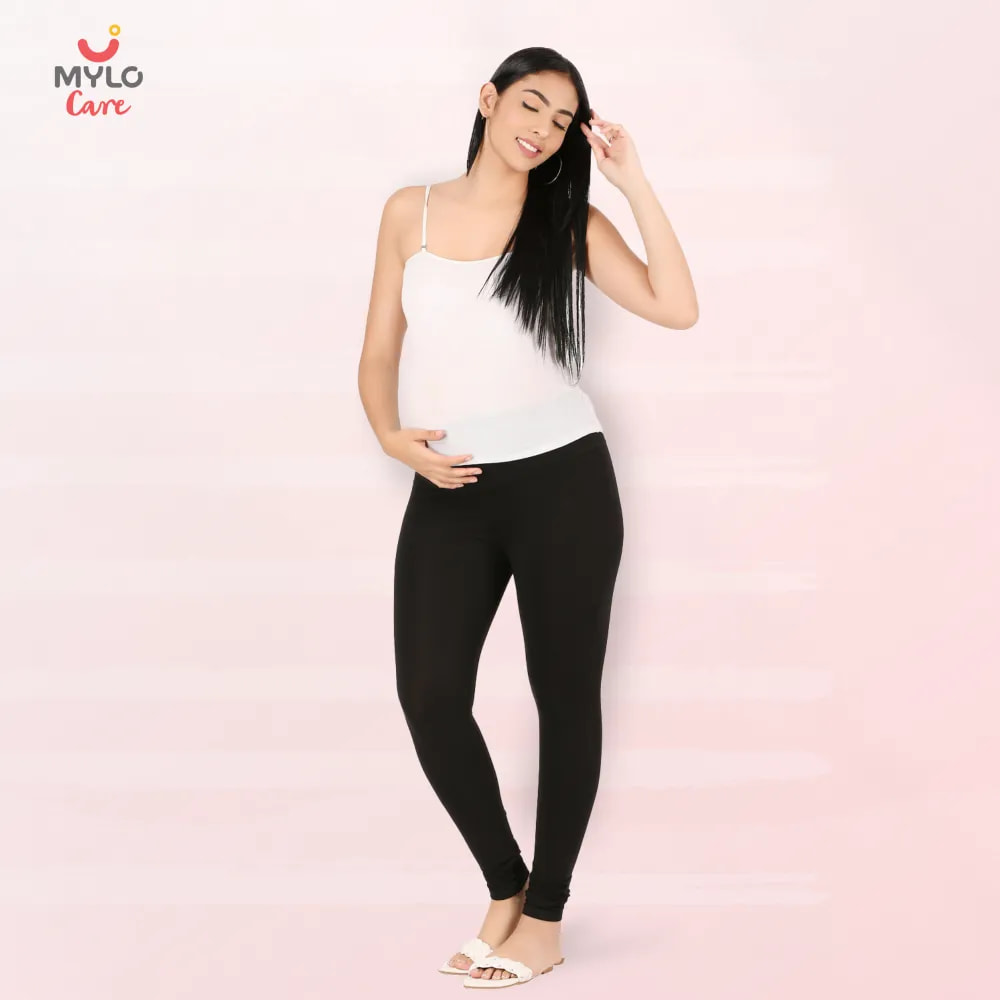
Maternity Leggings - M - Black
Comfortable | Soft & Gentle on the Skin | Ideal for Pre & Post Delivery
₹ 588

4.3
(1443)


516 Users bought





Medically Reviewed by
Dr. Ritu S Santwani
Infertility treatment, Cosmetology, Recurrent abortion treatment, Menopause, Hysteroscopy & colposcopy, PCOS/PCOD, Sexual health - M.D (Obst & Gynaec)| FICOG, FIAOG, AMRCOG, ART-Singapore
View Profile

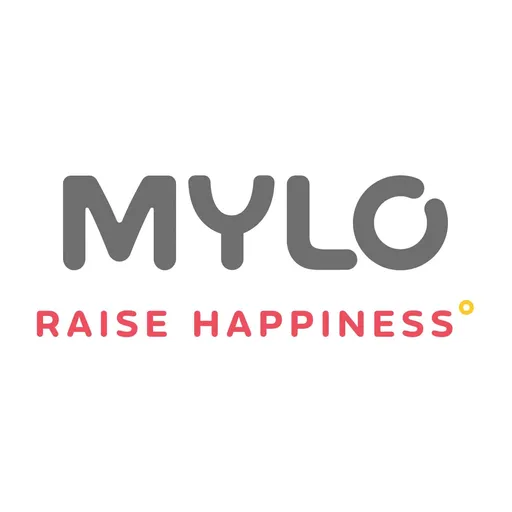
Written by
Ravish Goyal
Official account of Mylo Editor
Read MoreGet baby's diet chart, and growth tips

Related Articles
Related Topics
RECENTLY PUBLISHED ARTICLES
our most recent articles
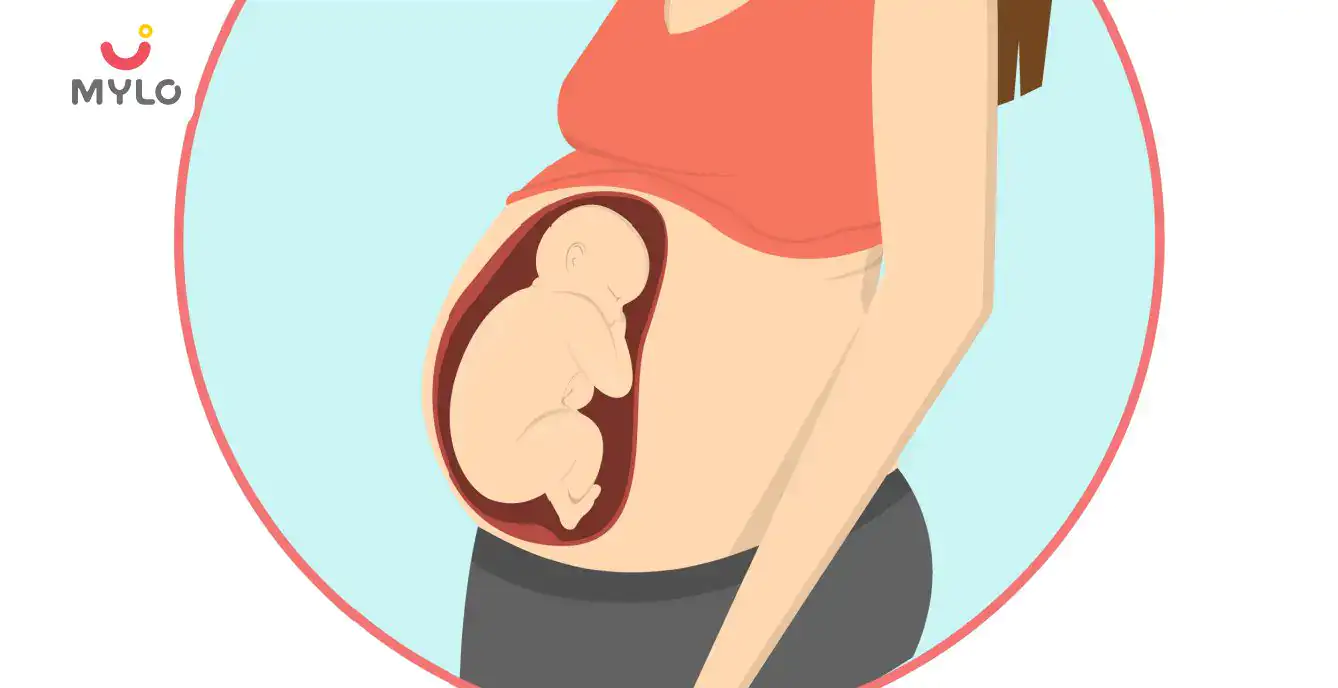
Labour & Delivery
Breech Baby: Causes, Risks, Flipping & Delivery

Labour & Delivery
Everything You Need to Know About the Different Stages of Labour
Vitamins & Supplements
What are the Symptoms of Vitamin D Deficiency in Children?

Health Tips
Top 5 Effective Ways to Prevent Diabetes in Children

Vaccinations
Why and When Is the Tetanus Toxoid (TT) Vaccine Given During Pregnancy?
How to Guide Your Child to Make Healthy Food Choices and Get the Required Nutrition?
- How Can You Manage Asthma During Pregnancy?
- Water Breaking Early: Signs, Causes & Next Steps
- Foods to eat for healthy fetal brain development
- How touch can shape babies’ brain development
- In What Situations Can a Doctor Recommend You to Take Bed Rest During Pregnancy?
- How to Hold a Newborn Baby
- Why do you need to burp your baby and what are the best positions to burp your baby?
- Carpal Tunnel Syndrome or CTS During Pregnancy : Symptoms, Causes & Treatment
- Can Nipple Stimulation Help in Inducing Labor Naturally?
- Top 10 pregnancy do's and don'ts that is crucial to have a healthy baby
- 7 Excellent Sources of Omega-3 Fatty Acids For Expecting Mothers
- Epidural: Advantages, Disadvantages & Risks
- Dizziness During Pregnancy
- Bed Rest During Pregnancy: Does It Really Help?


AWARDS AND RECOGNITION

Mylo wins Forbes D2C Disruptor award

Mylo wins The Economic Times Promising Brands 2022
AS SEEN IN
















- Mylo Care: Effective and science-backed personal care and wellness solutions for a joyful you.
- Mylo Baby: Science-backed, gentle and effective personal care & hygiene range for your little one.
- Mylo Community: Trusted and empathetic community of 10mn+ parents and experts.
Product Categories
baby carrier | baby soap | baby wipes | stretch marks cream | baby cream | baby shampoo | baby massage oil | baby hair oil | stretch marks oil | baby body wash | baby powder | baby lotion | diaper rash cream | newborn diapers | teether | baby kajal | baby diapers | cloth diapers |



